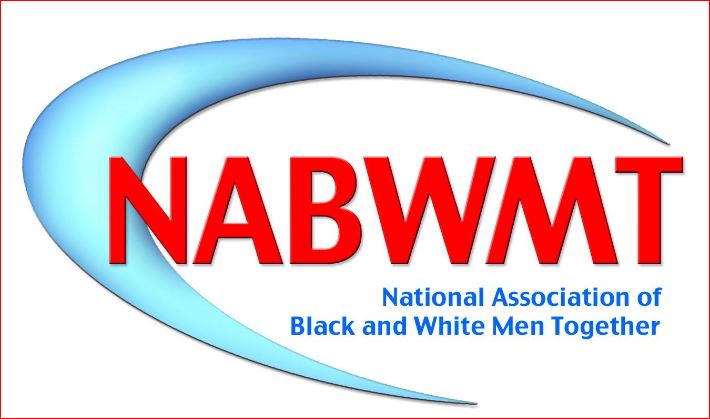
So, we now have marriage equality, but what about by Marital Status, Race and Ethnicity. I was just reviewing an earlier paper by the Williams Institute at UCLA. This has a lot of information on this topic based on census data.
The 2010 U.S. Census data essentially found that couples within the LGBTQ community were more likely to be in an interracial relationship.
Nearly two-thirds of married same-sex couples live in Northeast US and West compared to just 41% of married different-sex couples. Historically, these are the two parts of the country where marriage for same-sex couples has been more widely available.
Although marriage for same- sex couples has only recently become available, economic advantages associated with marriage are evident among same-sex couples in the same ways that are similar to different-sex counterparts.
For example, married same-sex couples have a median household income that is approximately 27% higher than the median income of unmarried same- sex couples. Also, poverty is substantially less common among married same-sex couples (4%) than among unmarried same-sex couples (18%). This is in line with many studies that show advantages for marriages or partnerships.
Another example: home ownership is higher among married couples for both same-sex and different-sex couples. More than 71% of married same-sex couples own their home compared to 65% of unmarried same-sex couples. Among different-sex couples, the difference is 80% versus 41%.
Perhaps, of interest, married same-sex couples are more likely to have children than their unmarried counterparts. More than a quarter (27%) of married same-sex couples have children under age 18 compared to 15% of unmarried same-sex couples.
So, what about racial and ethnic breakdown? In total, 23% of individuals in same-sex couples are members of racial or ethnic minorities. This is true for both married and unmarried same-sex couples.
By comparison, an estimated 26% of those in married different-sex couples are racial or ethnic minorities compared to 36% in unmarried different-sex couples.
The racial and ethnic distributions of individuals in same-sex and different-sex married couples are similar. In total, 23% of individuals in same-sex couples are members of racial or ethnic minorities. This is true for both married and unmarried same- sex couples (the data is shown in detail in the table in the podcast notes).
While 27% of individuals in different-sex couples are racial or ethnic minorities, there are substantial differences by marital status. An estimated 26% of those in married different-sex couples are racial or ethnic minorities compared to 36% in unmarried different-sex couples.
The proportions of same-sex couples (married and unmarried) within specific racial and ethnic groups are very similar to those among married different-sex couples, as well as all different-sex couple
| Same-sex couples | All | Married | Unmarried |
| Non-White | 23% | 23% | 23% |
| White | 77% | 77% | 77% |
| Black | 6% | 6% | 6% |
| Latinx | 11% | 10% | 12% |
| Am Ind/AK Nat | 0.4% | 0.5% | 0.4% |
| Asia/Asian Pac | 3% | 4% | 2% |
| Other | 2% | 2% | 2% |
| Different-sex couples | |||
| Non-White | 27% | 26% | 36% |
| White | 73% | 74% | 64% |
| Black | 7% | 7% | 11% |
| Latinx | 13% | 2% | 20% |
| Am Ind/AK Nat | 0.5% | 0.4% | 1.0% |
| Asia/Asian Pac | 5% | 6% | 2% |
| Other | 1% | 1% | 2% |

